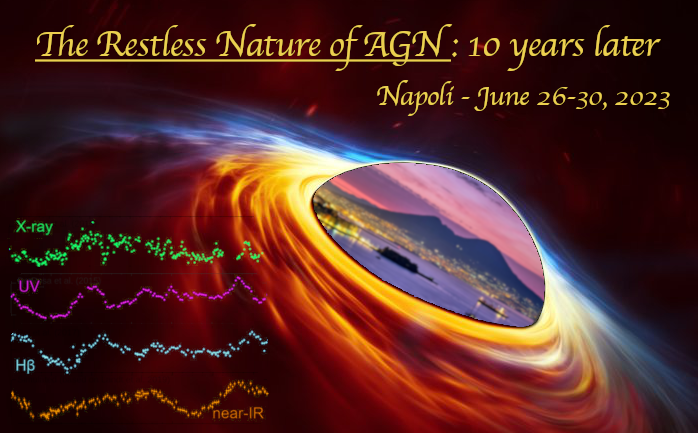Speaker
Description
The disruption and subsequent accretion of a star by a super-massive black hole (SMBH) provides an excellent laboratory to study a broad range of accretion conditions over timescales as short as months or a few years. We show how a physical model of a relativistic thin accretion disc, applied to the X-ray spectra of a sample of 19 tidal disruption events (TDE) in the high-accretion thermal phase, can yield the black hole mass and inner radius of the disc. From this study we offer a possible solution for the problem of low apparent total mass accretion in TDE systems and perform a sanity check on the hypothesis that the peak optical/UV emission in TDEs is due to the reprocessing of X-ray radiation.
When the accretion rate in a TDE drops well below the Eddington limit, the spectrum is commonly observed to develop a hard X-ray tail, believed to be due to the Compton up-scattering of disc photons by a warm electron cloud. We show that
this component develops very rapidly in at least one source and use this to constrain the mechanism responsible for the creation of the Comptonisation zone.
Finally we present new data on a further interesting extra-galactic, hard X-ray transient, providing strong support that it was also caused by a TDE.

